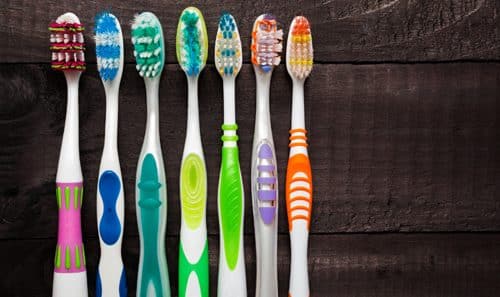
Are braces ruining your photos?
While it’s normal to feel self-conscious, there is no reason to avoid photos just because you…

When You Need Immediate Care, We are Here for You
At Crichigno Orthodontics, we know orthodontic emergencies are neither convenient nor timely. If you are a…

What’s the Function of Functional Appliances?
Whenever we bite down, we’re applying force with our jaw muscles. Functional appliances direct these forces…

Spot Check
After all your hard work, and months of orthodontic treatment, the big day is finally here—your…

Barbecues and Braces
One of the sure signs that summer has arrived is the unmistakable aroma of barbecue drifting…

Going Beyond Braces
At Crichigno Orthodontics, we aren’t just concerned with straightening your teeth and giving you the beautiful…

Welcome to the Office!
What do you imagine when you picture an orthodontic office? Do you see a steady stream…

My toothbrush did what?
If you were to put your toothbrush bristles under a high-powered microscope, what you would see…

Get Your Orthodontic Journey Off to a Good Start
Whether you’ve chosen traditional braces or invisible aligners, congratulations! You’ve taken the first step on your…

Spring Cleaning
Just like that, it’s almost summertime. As the spring season ends, perhaps these lighter, brighter days…


